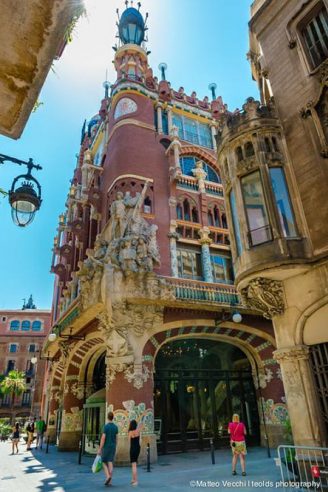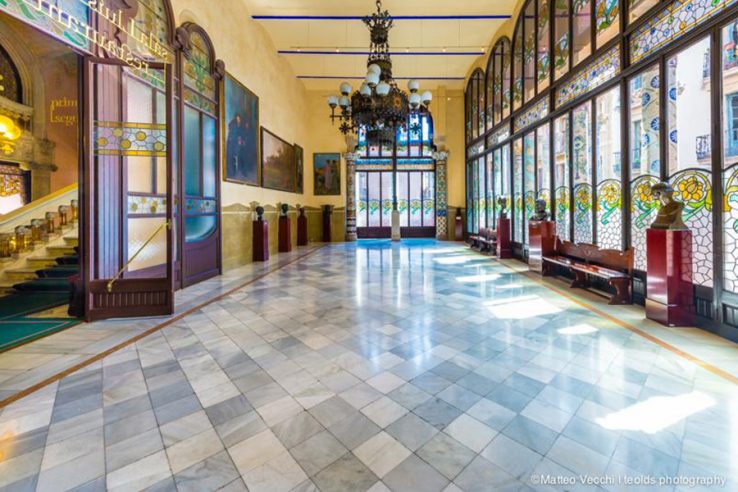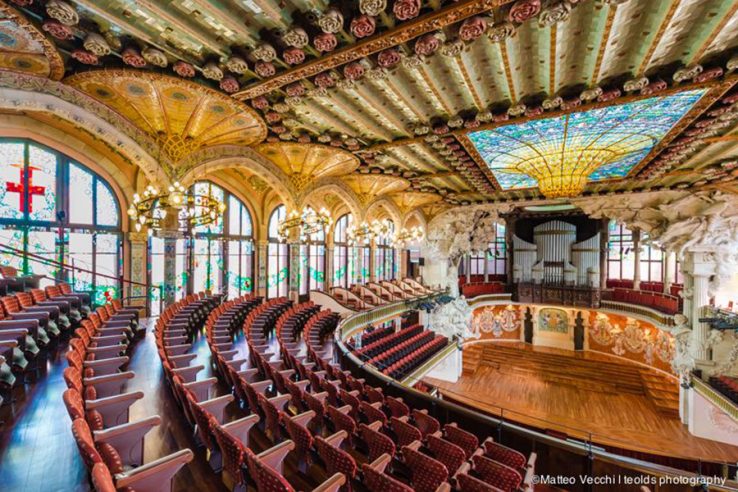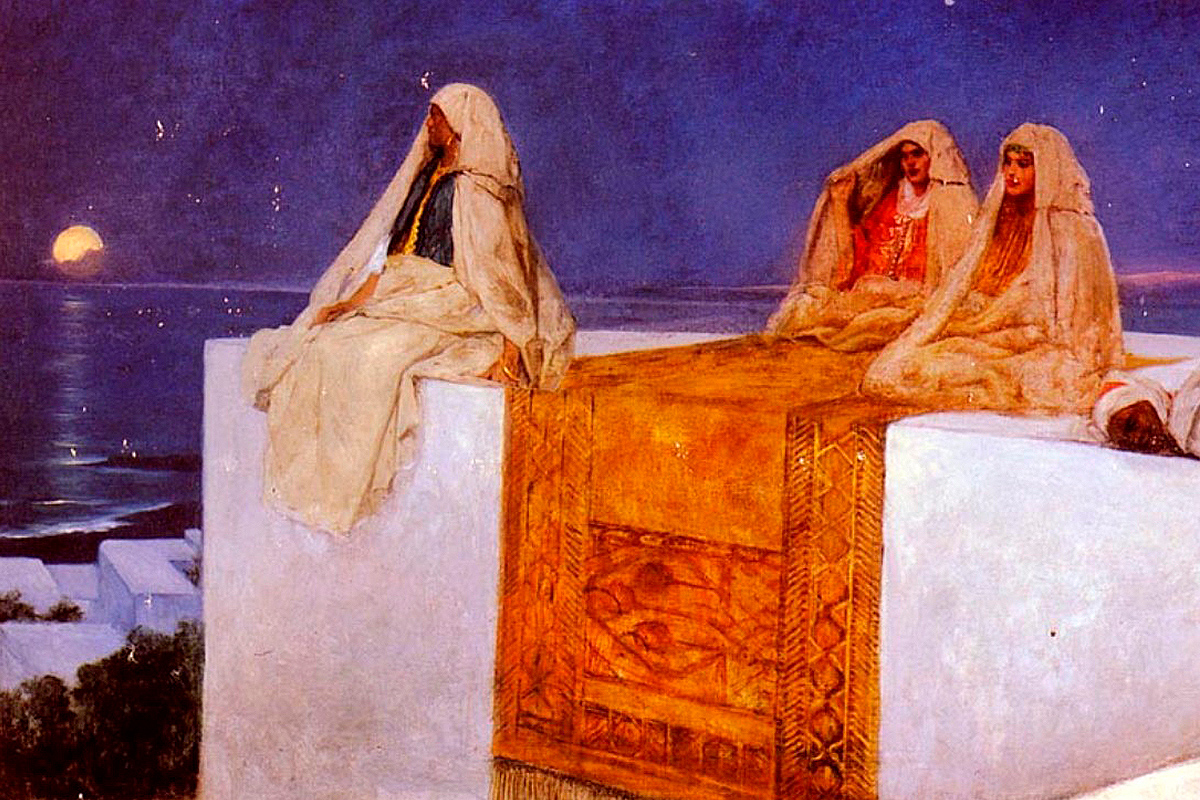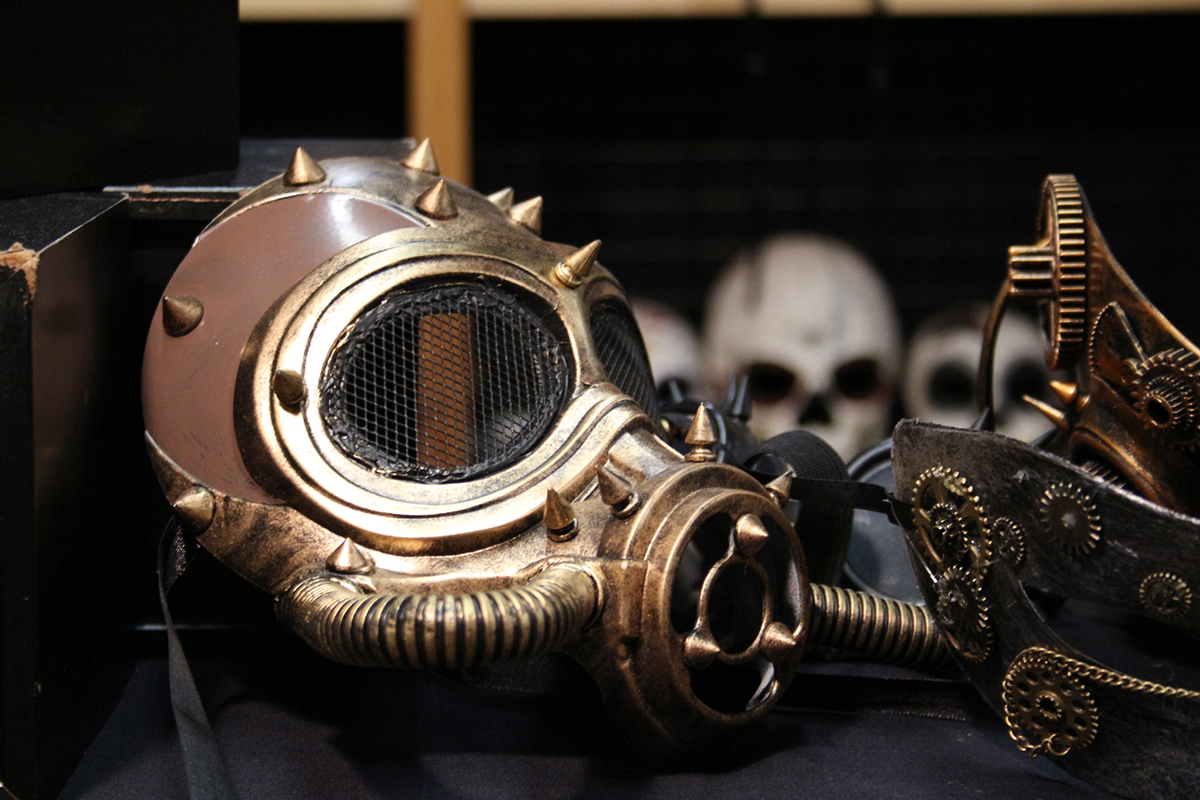Modernisme is the Catalan version of Art Nouveau. Its popularity coincided with the late-nineteenth-century expansion of Barcelona, which more than doubled the city in size. Walk around the Eixample district, which rings the historical city center, and you’ll find countless examples of this organic architectural style that is rich in decoration and incorporates Arab and Gothic elements.
Some, like Antoni Gaudí’s Sagrada Família and Lluís Domènech i Montaner’s Hospital de Sant Pau, are well known. Others you would probably pass by if you didn’t know where to look.
What follows is only a selection. The best way to explore Barcelona’s Modernista architecture is to take a day to roam Eixample and give yourself time to gaze at the many beautiful buildings here.
Casa Batlló
A good place to start is on the Passeig de Gràcia, which is the Champs-Élysées of Barcelona. You will find the Casa Batlló and Casa Milà at the bottom of the street.
The Casa Batlló was renovated by Gaudí for the Batlló family in the early 1900s. The roof is supposed to represent the back of a dragon.
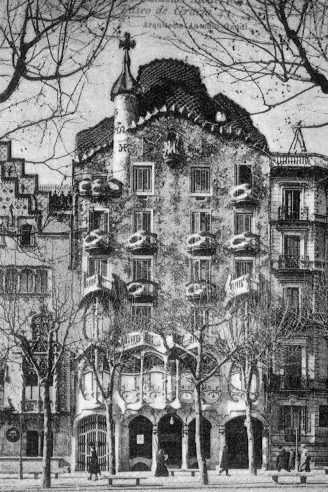
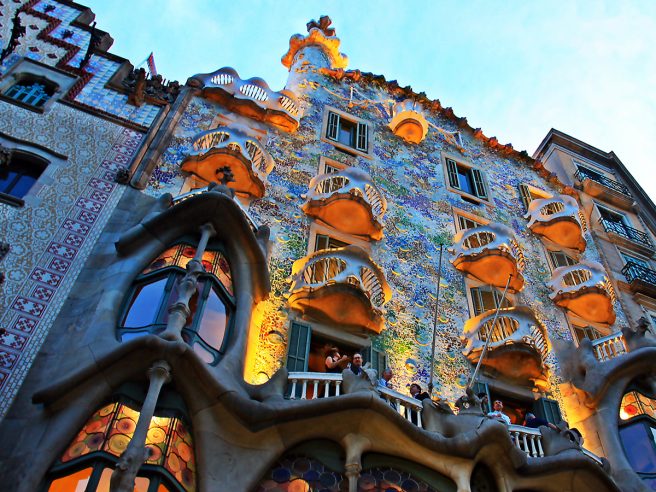
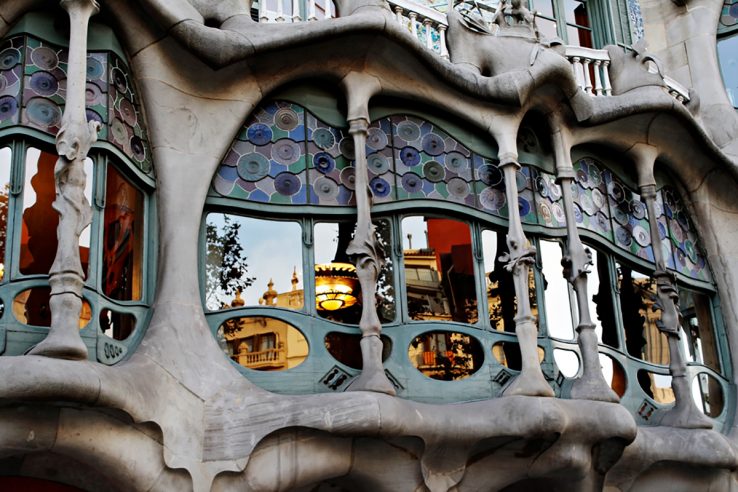
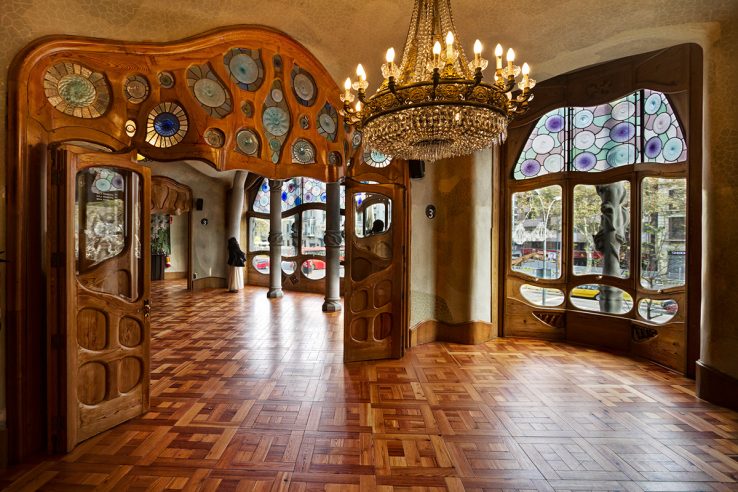
Illa de la Discòrdia
Before walking to Casa Milà, which is three blocks up, take a moment to appreciate the other buildings on the so-called Illa de la Discòrdia (“Block of Discord”).
Casa Amatller was built by Josep Puig i Cadafalch between 1898 and 1900 for chocolatier Antoni Amatller.
Casa Lleó Morera was built by Lluís Domènech i Montaner in the early twentieth century for the Morera family.
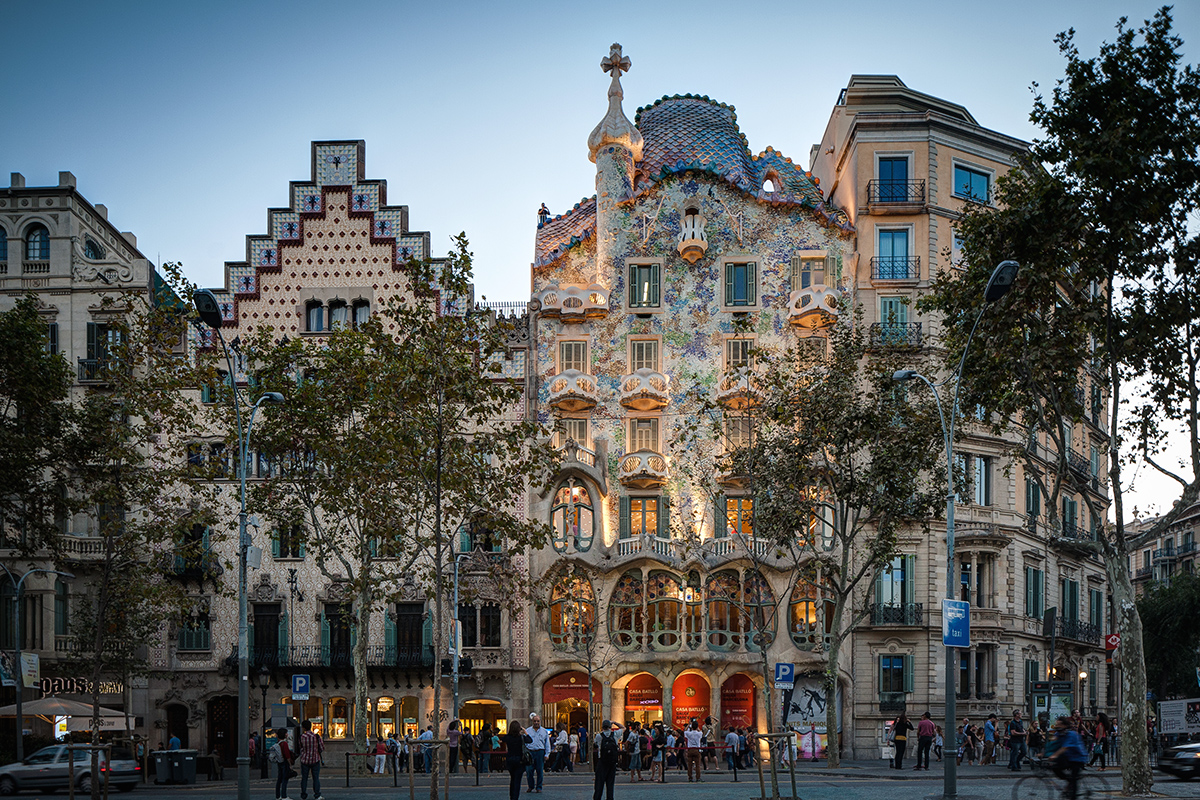

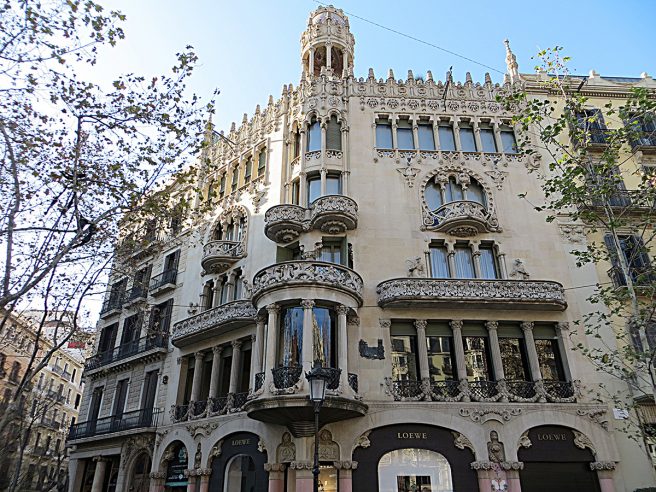
Casa Milà
Casa Milà, also known as La Pedrera (“The stone quarry”), is interesting, but a little expensive to visit. Regular tickets are €22. You pay €12 extra to see the light show on the roof at night, which is too much. Unless you’re an architecture geek, I recommend taking a good look at the building from the outside and walking on.
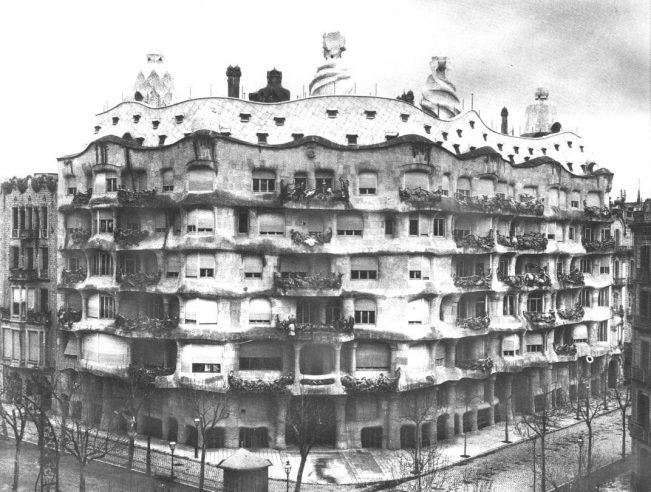
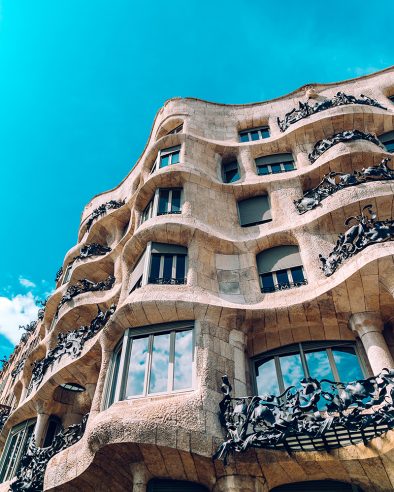
Casa Vicens
In Gràcia, you’ll find the very first house Gaudí designed. Construction on Casa Vicens began in 1883, when Gaudí was just 31 years old.
You can already see some of the elements that would go on to define Gaudí’s style, including the use of ceramic tiles, cast iron railings with nature motifs and the integration of chimneys and ventilation shafts in the facade. But Casa Vicens is also strongly influenced by the Moorish Revival, which was popular in Spain during the last quarter of the nineteenth century.
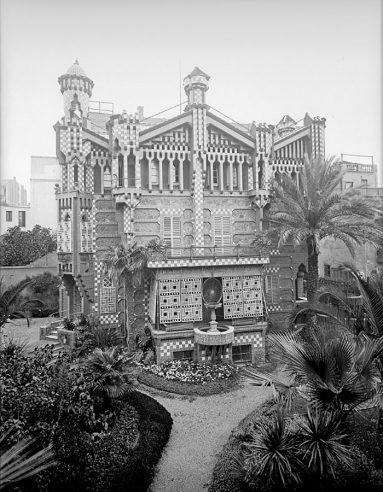
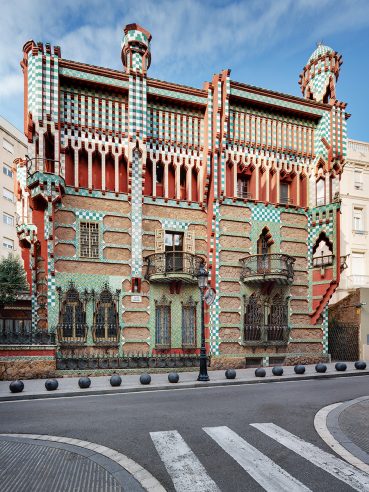
Gaudí’s masterpiece
The Sagrada Família is Gaudí’s best-known work and deservedly so.
You need to buy tickets in advance from the official website. It’s worth paying extra for the audio tour.
If you want to go up in one of the towers, take the Nativity Tower. In the afternoon you’ll have the sun in your back, so you can make better pictures from there. Beware: there is an elevator to take you up, but you’ll have to walk down.
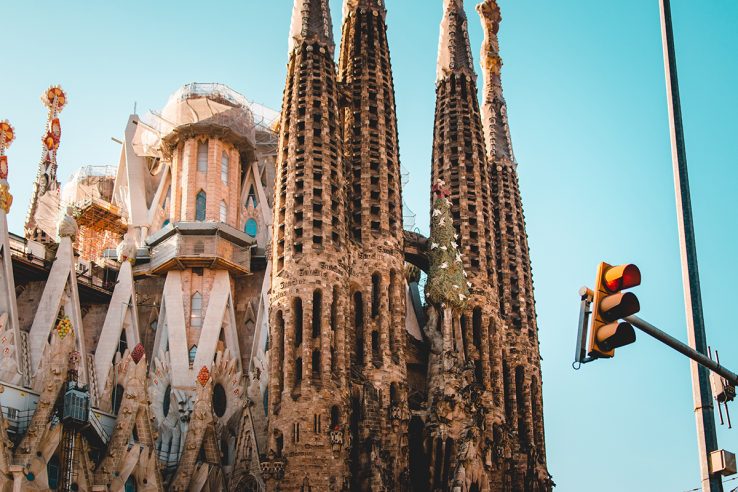

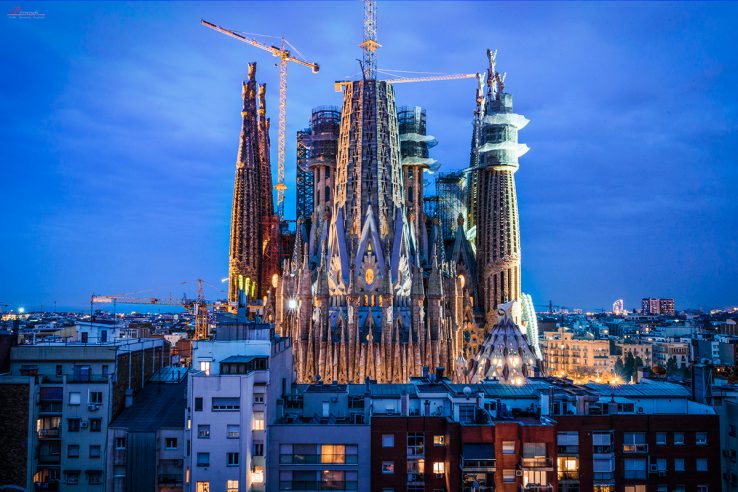
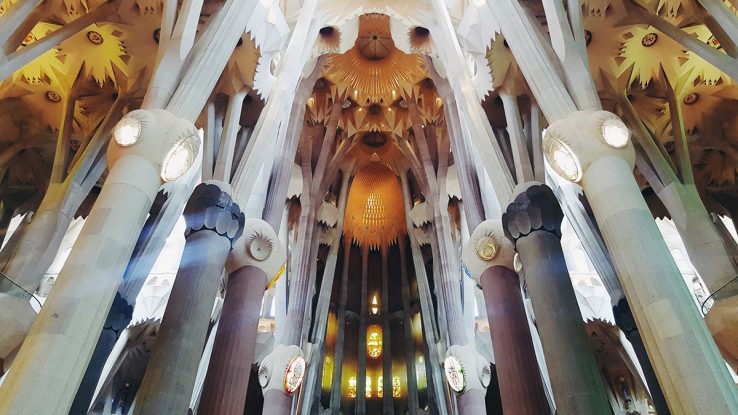
Hospital de Sant Pau
From the Sagrada Família, it’s a short walk up Avinguda de Gaudí to Barcelona’s hidden gem: Hospital de la Santa Creu i Sant Pau.
The architect, Lluís Domènech i Montaner, completely rethought the idea of a hospital around the turn of the last century. He deliberately built it on what was then the outskirt of the city and divided up the complex into several buildings to let in air and light and in order to separate patients who might be contagious from those who were recuperating. Access corridors for hospital staff were put underground, allowing patients and visitors to use the green space in between the pavilions. All the buildings are done in an exquisite Art Nouveau style.
The Hospital de Sant Pau doesn’t usually get busy, except maybe in the middle of summer. It’s worth paying for the audio tour.
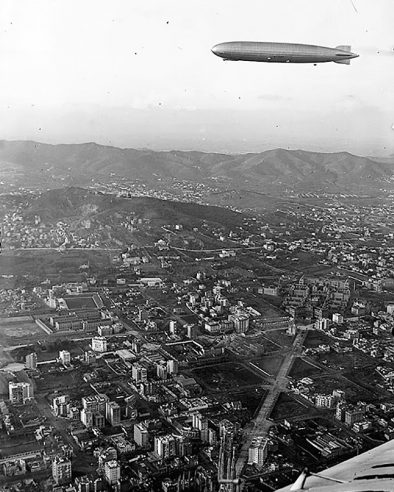
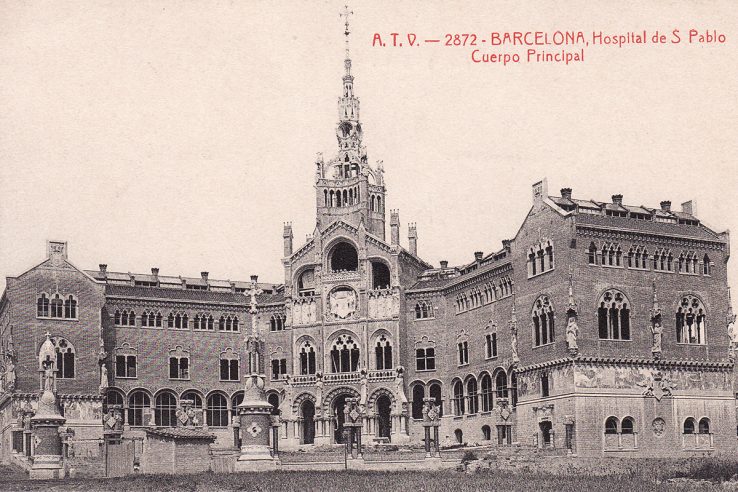
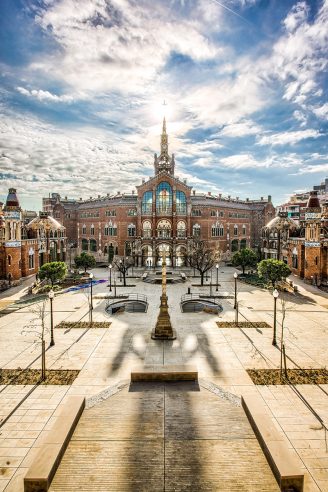
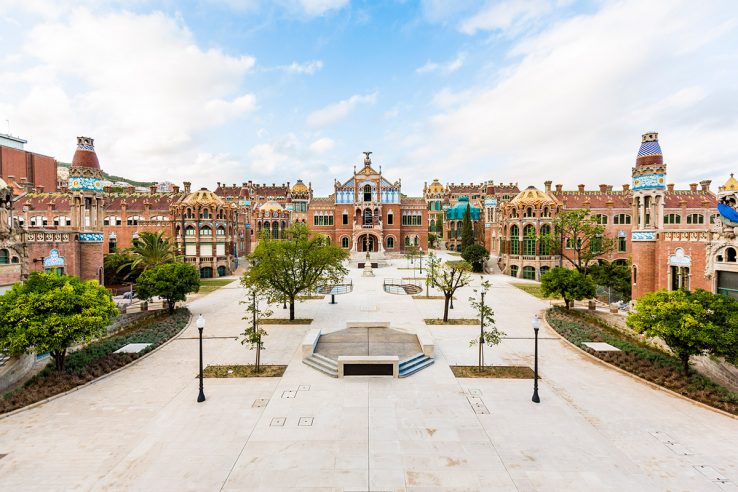
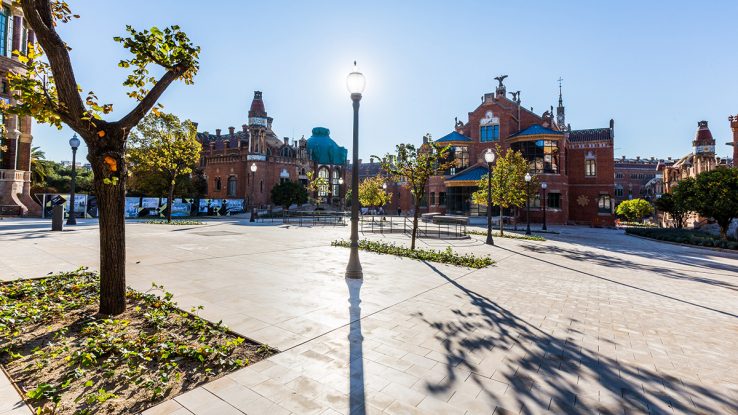
Castell dels Tres Dragons
Built for the 1888 Universal Exposition of Barcelona — which also gave the city its Moorish-Revival Arc de Triomf — as a café and restaurant, Domènech i Montaner’s Castle of the Three Dragons is officially considered the first Modernista building. It now houses a zoology museum.
It’s worth exploring the Parc de la Ciutadella before walking up the Arc de Triomf. Just before you reach the arc, look right to see the Palau de Justícia — not modernist, but still gorgeous.
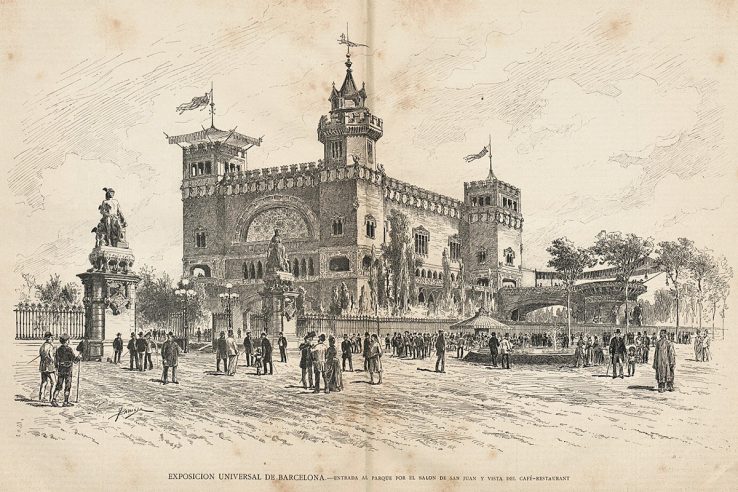

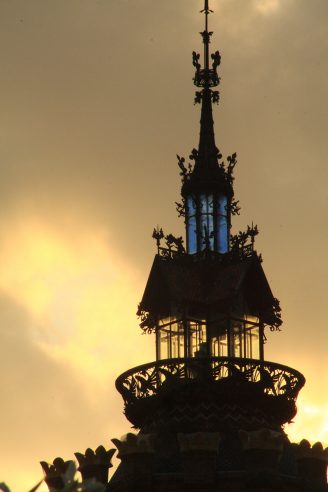
Casa Estapé
Situated across the street from the Arc de Triompf, Casa Estapé is a bit of a hidden treasure.
The architect, Bernardí Martorell i Puig, isn’t well known. Casa Estapé was his first building and he collaborated with another architect, Jaume Bernades, on the construction of its dome.
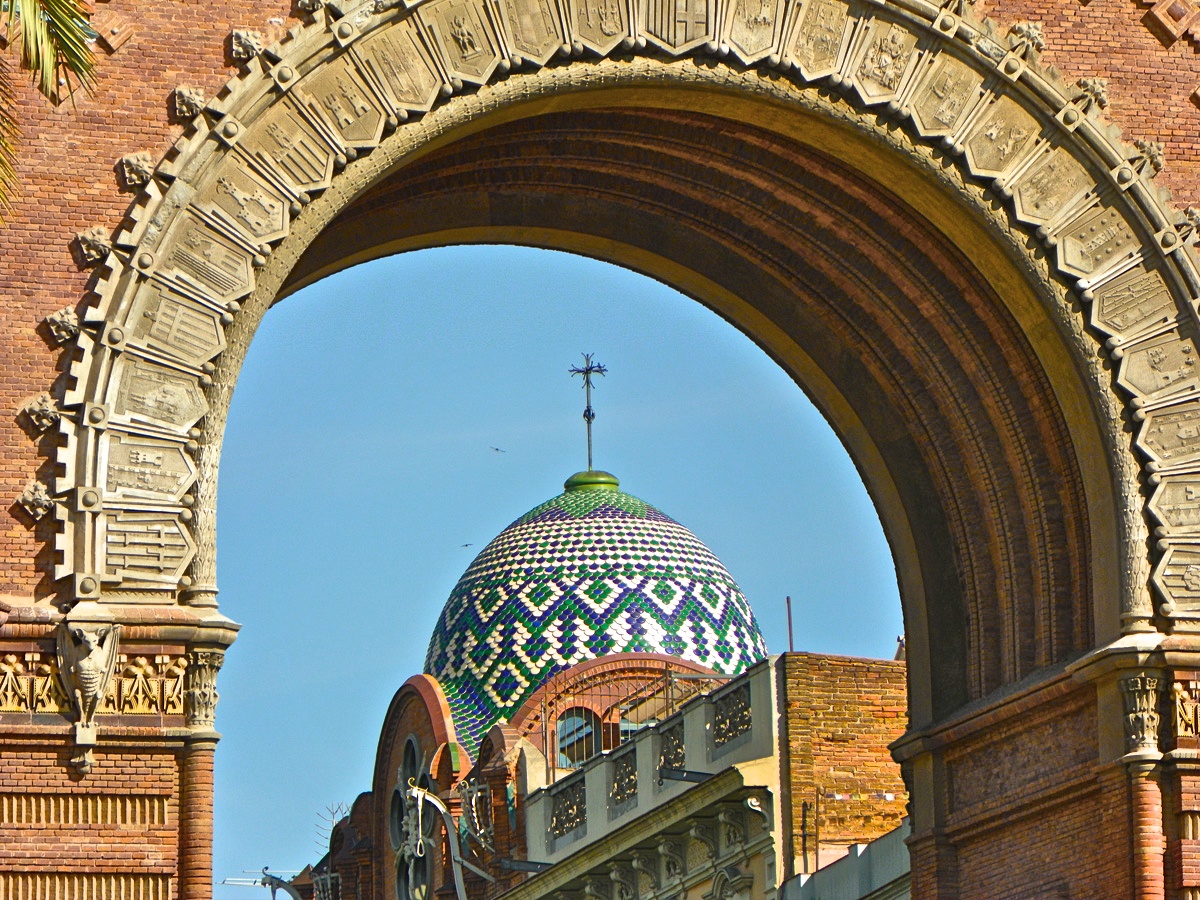

Palau Güell
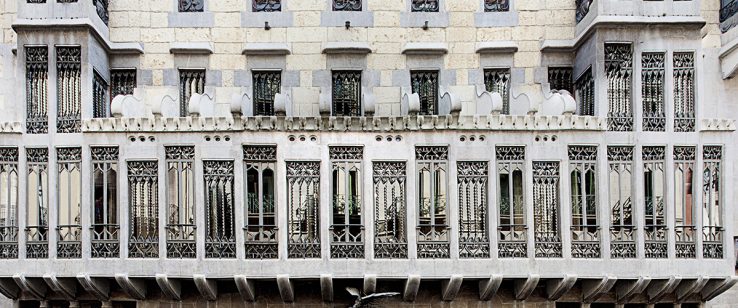
There aren’t many Modernista buildings in the old city. Palau Güell, built by Gaudí for the wealthy industrialist Eusebi Güell (who also paid for Park Güell), is an exception.
Situated off the Rambla in what is technically Raval — historically the bad part of town — it is an enormous palace that Gaudí designed relatively early in his career.
You can take an interactive tour of the building on the official website.
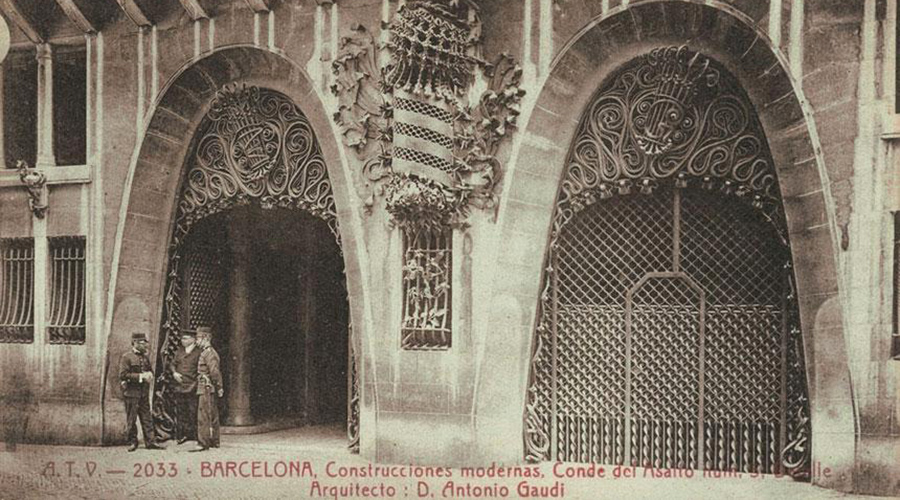
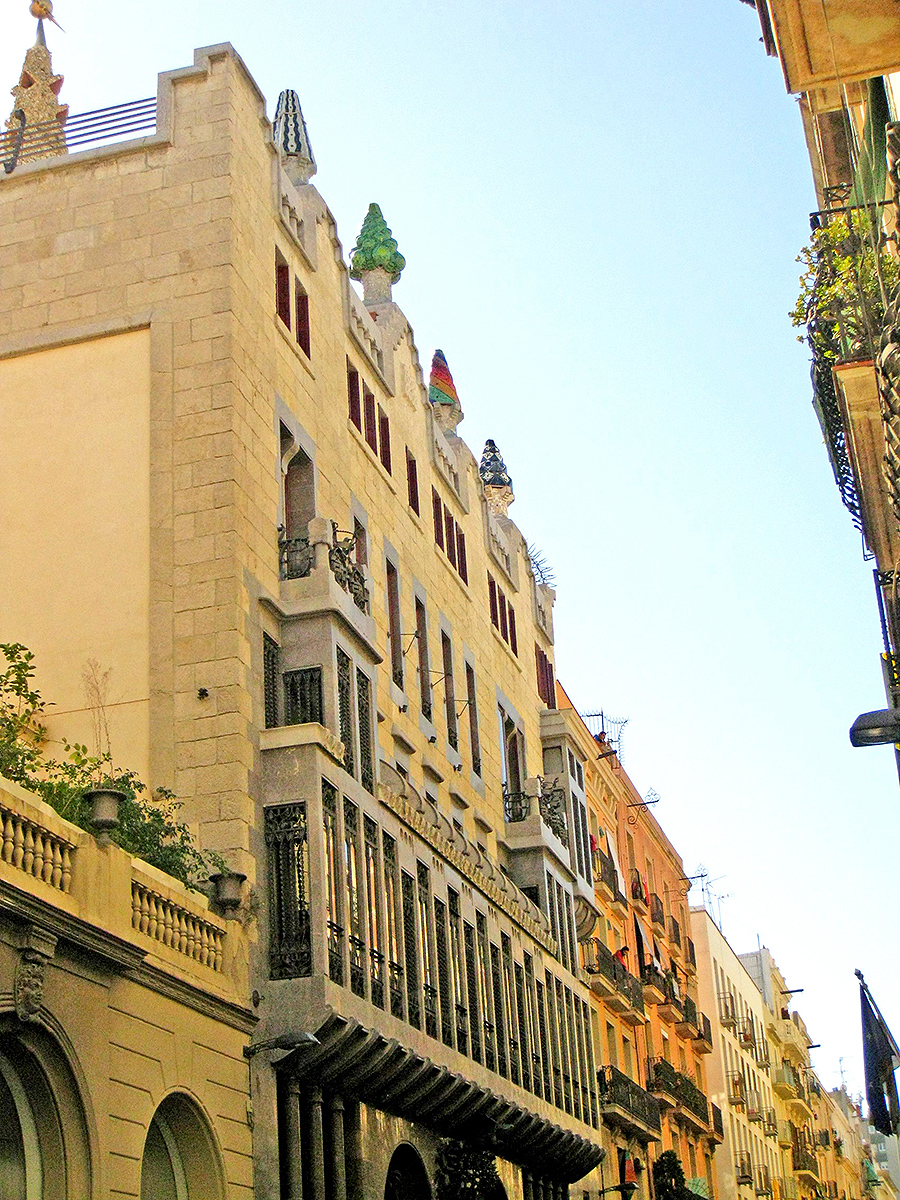
Palau de la Música Catalana
The other exception is the Palace of Catalan Music. Built by Domènech i Montaner between 1905 and 1908, it is still the city’s most prestigious concert hall.
It is difficult to make a good picture of the exterior of the building, because it is situated in such a cramped street, but the inside is stunning.
Like all Modernista buildings, the music palace is richly decorated, but underneath the ornamentations, the design is rational and takes full advantage of then-innovative buildings methods, such as steel framing.
You can visit during the day for €15-€20. It’s worth checking out the program, though, to see if there is a concert you would like to attend. Then you get to both explore the building at night and enjoy a show. The official website is here.
